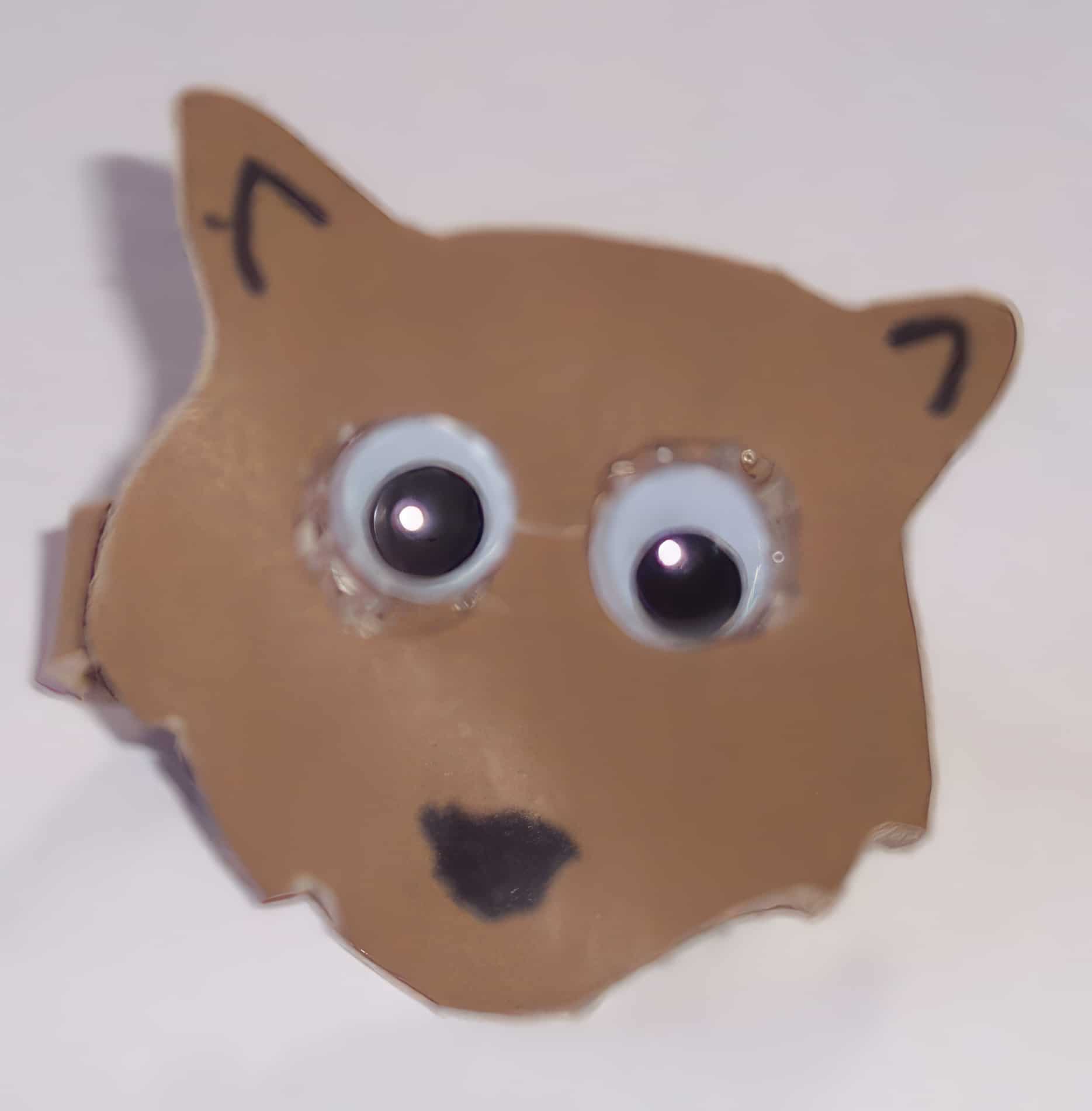Homemade neckerchief slides hold a special place in Scouting tradition. In our troop, the Scouts BSA members often use slides they’ve made themselves. There’s something unique and personal about crafting your own slide, and it becomes more than just a piece of uniform. For many scouts, the homemade slides reflect a sense of creativity and individuality.

Cub Scouts, particularly the Wolves, can also get involved in this tradition by creating a wolf neckerchief slide. It’s an engaging activity that aligns perfectly with Cub Scout adventures. Making these slides offers a fun and hands-on experience, letting them put their creativity to good use while following specific themes.
When working with young scouts, tracing the pattern on the leather makes it easier for them to cut it out. This approach allows them to focus on the craft without getting overwhelmed by the complexity. It’s a method that simplifies the process and ensures success.
Safety should be a priority, especially when using tools like hot glue guns. Webelos might handle hot glue with supervision, but for younger scouts, an adult should do the gluing. It’s all about knowing the kids and what they can handle, and making sure that everyone can participate safely.
Overall, the tradition of making homemade neckerchief slides is more than just a craft; it’s a connection to the larger scouting community. Whether it’s a simple or complex design, the slides bring joy and a sense of belonging to scouts of all ages. It’s a tradition that fosters creativity, teamwork, and pride in one’s work.
Wolf Neckerchief Slide
Materials
- Pieces of leather
- scissors
- glue
- craft eyes
- black markers
- hot glue gun
- pattern (see printable copy above)
Instructions
- Trace the pattern on to the leather pieces
- Cut out the leather pieces as traced
- Glue on the craft eyes
- Draw on nose, ears, and other features
- Use the hot glue to glue the ends of the leather strip together to make a loop (diameter should be about ½ inch)
- Use hot glue to attach the loop to the back of the wolf head
Making a homemade neckerchief slide and seeing the final product is a rewarding experience for both scouts and their leaders. This tradition not only fosters creativity but also builds a sense of connection within the unit. Remember, it’s not about perfection but the shared experience and the memories crafted along the way. With safety in mind and a little guidance, even younger scouts can carry on this cherished tradition, creating something personal and unique that they’ll wear with pride. It’s a small but significant way to strengthen the bond of the Scouting community and carry forward a practice that symbolizes the spirit of Scouting.
More Ideas for Neckerchief Slides and Other Projects
If you’re inspired by the creativity and tradition behind homemade neckerchief slides, you’ll be pleased to know there are even more projects waiting for you to explore. From simple designs for beginners to more intricate creations for seasoned crafters, there’s something for every Scout. Whether you’re looking to continue this engaging activity with your Scouts or try something new on your own, these additional neckerchief slides and other projects offer opportunities to build skills, foster teamwork, and have fun. Click on the link below to discover a world of creativity and make your next Scouting meeting a memorable adventure.
Crafting Connections: The Importance of Creative Projects in Scouting
Crafts like homemade Wolf neckerchief slides are integral to the Cub Scouting program because they foster essential values like resourcefulness, creativity, and community. These activities encourage scouts to use their hands and minds to create something from basic materials, teaching them to be inventive and practical. It’s not just about making an object; it’s about the process of thinking creatively and working together. The community aspect comes into play as scouts collaborate on projects, share ideas, and celebrate each other’s achievements. By engaging in these crafts, Cub Scouts are not only having fun but also building skills and values that will serve them well throughout their lives.
Frequently Asked Questions about the Wolf Neckerchief Slide Project
What materials are needed for the Wolf neckerchief slide project?
Common materials include leather, scissors, a tracing pattern, and hot glue. A full list of materials is provided in the project instructions.
Is the Wolf neckerchief slide project suitable for all Cub Scouts?
The Wolf neckerchief slide is especially designed for Wolves, but with proper guidance, other Cub Scouts may also enjoy creating it.
How long does it take to complete the Wolf neckerchief slide project?
Depending on the scout’s age and experience, and the amount of adult assistance, the project can typically be completed in about 15 minutes.
What safety measures should be taken during the Wolf neckerchief slide project?
Safety is paramount. Younger scouts should have adult supervision, especially when using hot glue. Taking care with sharp tools will also enhance safety.
Can we customize the Wolf slide design for the Wolf neckerchief slide project?
Absolutely! Scouts are encouraged to add their personal touch to make their neckerchief slides unique.
Where can I find more ideas for neckerchief slide projects like the Wolf neckerchief slide project?
You can find more projects and inspiration by following the link to my projects page, where various ideas are available to suit different interests and skill sets.


Leave a Reply